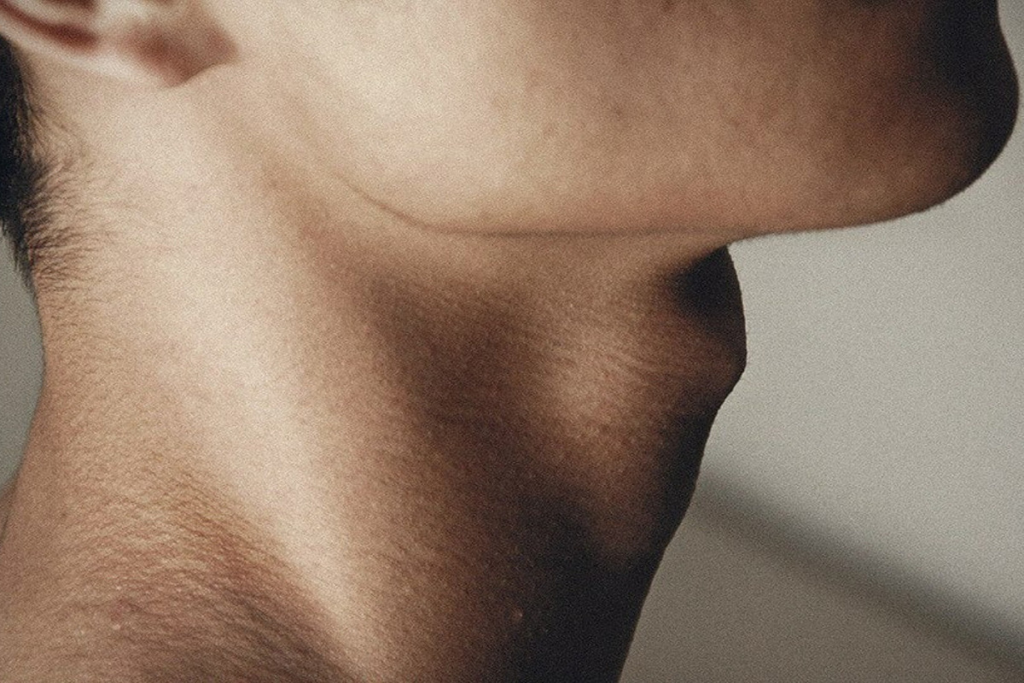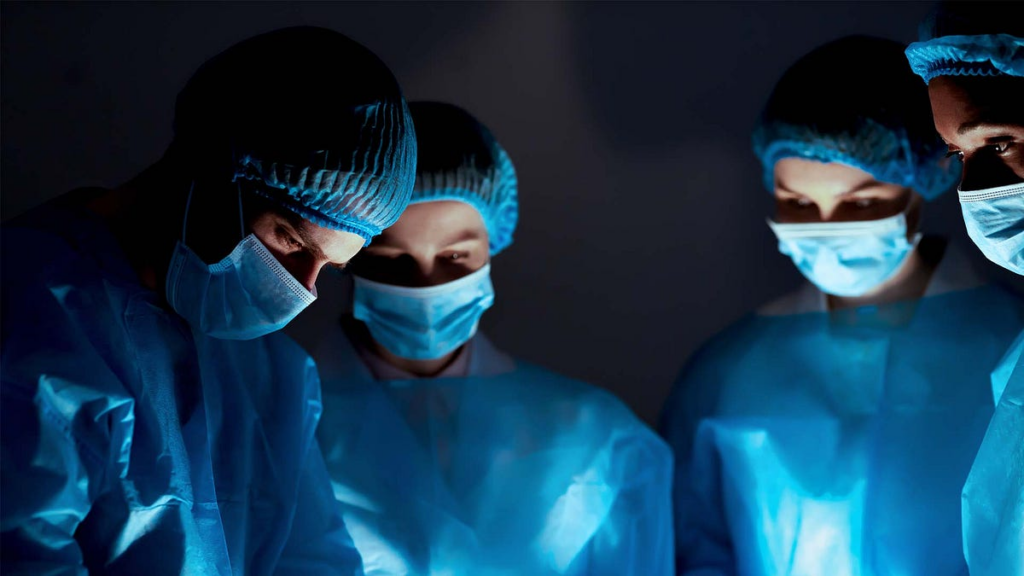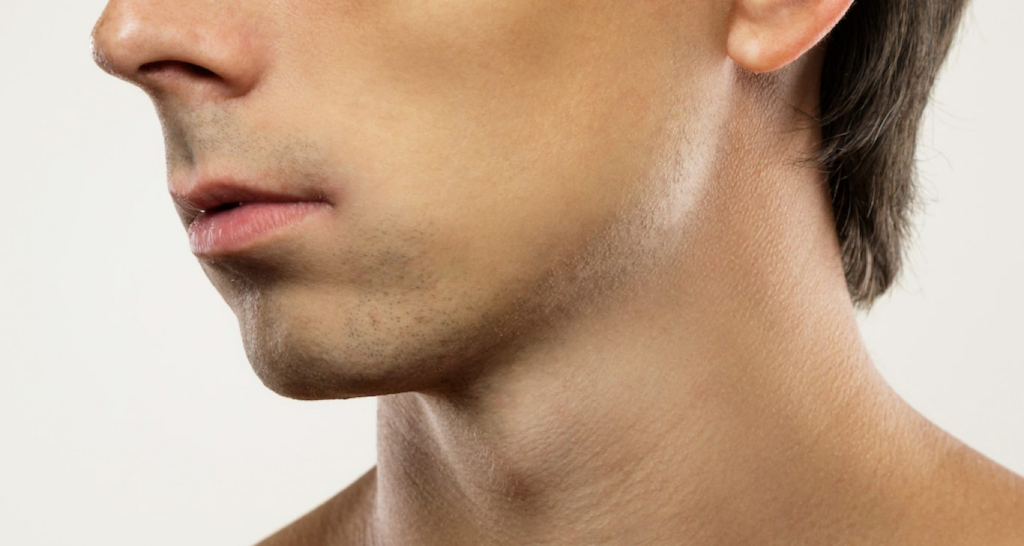The Adam’s apple, or laryngeal prominence, is a cartilaginous structure prominent in males due to hormonal influences during puberty. While its presence is largely a matter of genetics and androgen exposure, the desire for a more pronounced Adam’s apple has led to exploration of surgical augmentation techniques. This article will delve into the current state of Adam’s apple augmentation surgery, examining the procedures, materials, risks, and long-term outcomes.
Defining the Adam’s Apple Structure
The Adam’s apple is formed by the thyroid cartilage, specifically its anterior projection. This cartilage is a key component of the larynx, protecting the vocal cords and playing a crucial role in phonation. Its size and prominence vary significantly among individuals, influenced by genetics, sex hormones (particularly testosterone), and individual skeletal structure. A larger, more pronounced Adam’s apple is generally associated with males, although variations exist within both sexes.
The thyroid cartilage itself is composed of hyaline cartilage, a firm but flexible tissue. Its structure is complex, with superior and inferior horns, and a midline notch. Surgical augmentation must consider this complex anatomy to avoid damage to the surrounding structures, including the vocal cords, nerves, and blood vessels. Precise surgical planning and execution are paramount to achieving a natural-looking and functional result.
Understanding the anatomical relationship between the thyroid cartilage, the surrounding muscles (such as the sternohyoid and thyrohyoid muscles), and the overlying skin is essential for successful augmentation. Pre-operative imaging, such as CT scans or 3D modelling, can be invaluable in planning the procedure and predicting the final outcome.

Current Surgical Techniques Explored
Several surgical techniques are currently employed for Adam’s apple augmentation. The most common involves a direct approach through an incision made in the anterior neck, allowing direct access to the thyroid cartilage. This approach allows for precise placement of the implant and meticulous closure of the wound.
Another technique involves a minimally invasive approach, potentially utilizing smaller incisions and specialized instruments. This method aims to reduce scarring and recovery time, although it may offer less precision compared to the open approach. The choice of technique depends on factors such as the desired augmentation, the surgeon’s expertise, and the patient’s individual anatomy.
Augmentation can be achieved through different methods, including the placement of an implant directly onto the thyroid cartilage or through a chondroplasty technique where the cartilage itself is reshaped to achieve a more prominent projection. The surgeon will carefully evaluate the patient’s anatomy and desired outcome to select the most appropriate technique.
Implant Materials and Biocompatibility
A range of biocompatible materials are used for Adam’s apple augmentation, each with its own advantages and disadvantages. Silicone implants are a common choice due to their malleability, biocompatibility, and relatively low cost. However, long-term stability and the potential for capsular contracture (formation of scar tissue around the implant) need consideration.
Other materials, such as porous polyethylene or hydroxyapatite, are also used. Porous materials may promote better integration with surrounding tissues, potentially reducing the risk of capsular contracture. However, they can be more challenging to shape and position precisely.
The selection of implant material is a crucial decision made in consultation with the surgeon and the patient. Factors considered include the desired aesthetic outcome, the patient’s medical history, and the potential risks and benefits of each material. Careful consideration of biocompatibility is paramount to minimize the risk of adverse reactions.

Procedural Risks and Complications
As with any surgical procedure, Adam’s apple augmentation carries potential risks and complications. Infection is a significant concern, requiring prompt medical attention to prevent serious consequences. Hematoma (blood collection) at the surgical site can also occur, potentially requiring drainage.
Damage to the recurrent laryngeal nerve, which innervates the vocal cords, is a serious potential complication that can result in vocal cord paralysis or hoarseness. Careful surgical technique and meticulous dissection are essential to minimize this risk. Other potential complications include scarring, implant displacement or extrusion, and an unsatisfactory aesthetic outcome.
Pre-operative counseling should thoroughly discuss these potential risks and complications with the patient, allowing them to make an informed decision. The surgeon’s experience and skill level significantly influence the likelihood of complications.

Post-Operative Care and Recovery
Post-operative care is crucial for successful recovery and minimizing complications. Patients typically require a period of rest and pain management with analgesics. A neck support may be used to minimize swelling and discomfort. Regular follow-up appointments are necessary to monitor healing and address any potential issues.
Wound care is essential to prevent infection. Patients are instructed on proper wound cleaning and dressing techniques. Swelling and bruising are common in the immediate post-operative period and typically resolve within a few weeks. The patient may experience some temporary discomfort or difficulty swallowing.
The duration of recovery varies depending on the individual and the surgical technique employed. Most patients can return to normal activities within a few weeks, although strenuous activity should be avoided for a longer period. Complete healing may take several months.
Long-Term Outcomes and Considerations
Long-term outcomes of Adam’s apple augmentation are generally favorable for many patients, with a significant improvement in the aesthetic appearance of the neck. However, the longevity of the results depends on several factors, including the implant material, surgical technique, and individual healing response.
Implant longevity varies; some materials may require revision surgery over time. Capsular contracture, although relatively uncommon with modern implants, can lead to an unnatural appearance or discomfort. Long-term follow-up is essential to monitor the implant’s position and integrity and address any potential complications.
Patient satisfaction is a key factor in assessing long-term outcomes. Pre-operative counseling should manage expectations realistically, ensuring the patient understands the potential risks, benefits, and limitations of the procedure. Open communication between the patient and surgeon is crucial for achieving a positive long-term outcome.
Adam’s apple augmentation is a complex surgical procedure requiring careful planning, meticulous execution, and a thorough understanding of the underlying anatomy. While it can achieve a desired aesthetic outcome for some individuals, potential risks and complications must be carefully considered. Informed consent and realistic expectations are paramount to ensuring a successful and satisfactory outcome.
Visit Dr.MFO Instagram profile to see real patient transformations! Get a glimpse of the incredible results achieved through facial feminization surgery and other procedures. The profile showcases before-and-after photos that highlight Dr. MFO’s expertise and artistic vision in creating natural-looking, beautiful outcomes.
Ready to take the next step in your journey? Schedule a free consultation with Dr. MFO today. During the consultation, you can discuss your goals, ask any questions you may have, and learn more about how Dr. MFO can help you achieve your desired look. Don’t hesitate to take advantage of this free opportunity to explore your options and see if Dr. MFO is the right fit for you.










